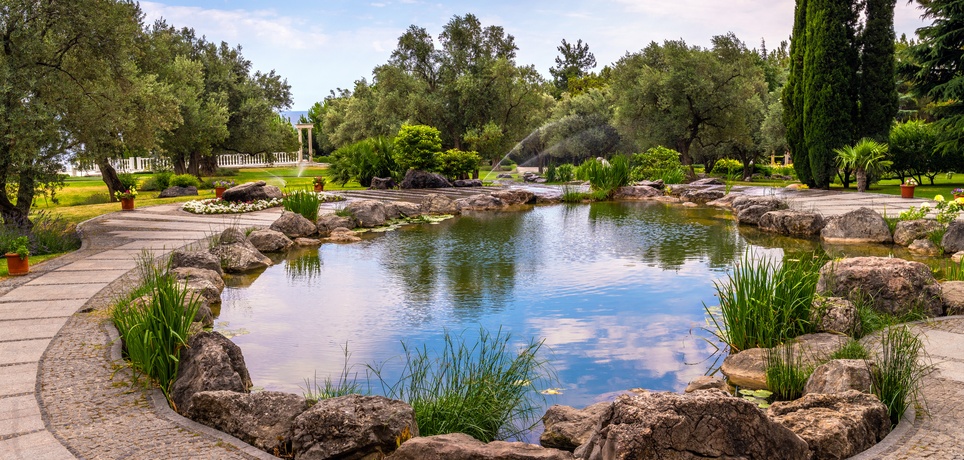Creating a large pond involves choosing a reliable liner. HDPE (high-density polyethylene) and LDPE (low-density polyethylene) are two popular liner options for irrigation, aquaculture, and other applications, and each material offers unique advantages. Let’s compare HDPE and LDPE to discover their benefits for lining large ponds.
Durability and Strength
HDPE liners resist punctures, tears, and abrasions from sharp rocks, plant roots, and heavy loads. This makes them a preferred choice for lining large ponds that experience regular wear and tear. For example, an irrigation pond may have heavy machinery operating nearby, requiring a liner capable of enduring high pressure.
LDPE liners exhibit moderate durability. While they handle gentle stresses effectively, they perform better in less abrasive conditions. A garden pond with minimal external pressure would benefit from the practicality of an LDPE liner.
Flexibility and Ease of Installation
HDPE liners support long-term use but offer limited flexibility during installation. This rigid composition suits straight-lined pond layouts but can make installation challenging for ponds with intricate shapes or steep curves. Once in place, though, an HDPE liner maintains its structure over time, resisting sagging or warping.
LDPE liners, on the other hand, are made with softer, more flexible material. Their adaptability allows them to mold smoothly around irregularly shaped ponds or areas with varying depths. When handling a naturalistic pond or one with multiple contours, LDPE liners save time during the setup process.
UV and Weather Resistance
Ponds need liners that resist the damaging effects of sunlight and extreme weather. HDPE liningsexcel under these conditions. Their composition withstands UV rays, extending their lifespan even when installed in climates with frequent inclement weather.
LDPE liners also provide UV and weather resistance, albeit to a lesser extent. Covered ponds or those in shaded areas can use LDPE liners without concern, as they experience less environmental stress.
Cost-Effectiveness
The upfront investment in HDPE liners pays off over time. Their durability ensures lower maintenance costs, making them cost-effective for long-term or large-scale projects.
LDPE liners come with a lower initial cost, which is appealing for smaller or temporary ponds. While their shorter lifespan may limit their appeal for permanent applications, they still provide excellent value for less-demanding projects.
Ideal Applications
When you need big pond liners, it’s important to consider the specific applications. HDPE liners work best for large, permanent ponds with intensive usage. In particular, HDPE supports aquaculture and industrial applications.
Meanwhile, LDPE liners suit smaller, less intensively used ponds. Additionally, ponds with unique shapes and those requiring frequent modifications can take advantage of LDPE’s flexibility.
Overall, each material matches specific applications, making it essential to consider the benefits of lining large ponds with HDPE versus LDPE.


